How to Make a 6-Layer Rainbow Cake From Scratch!
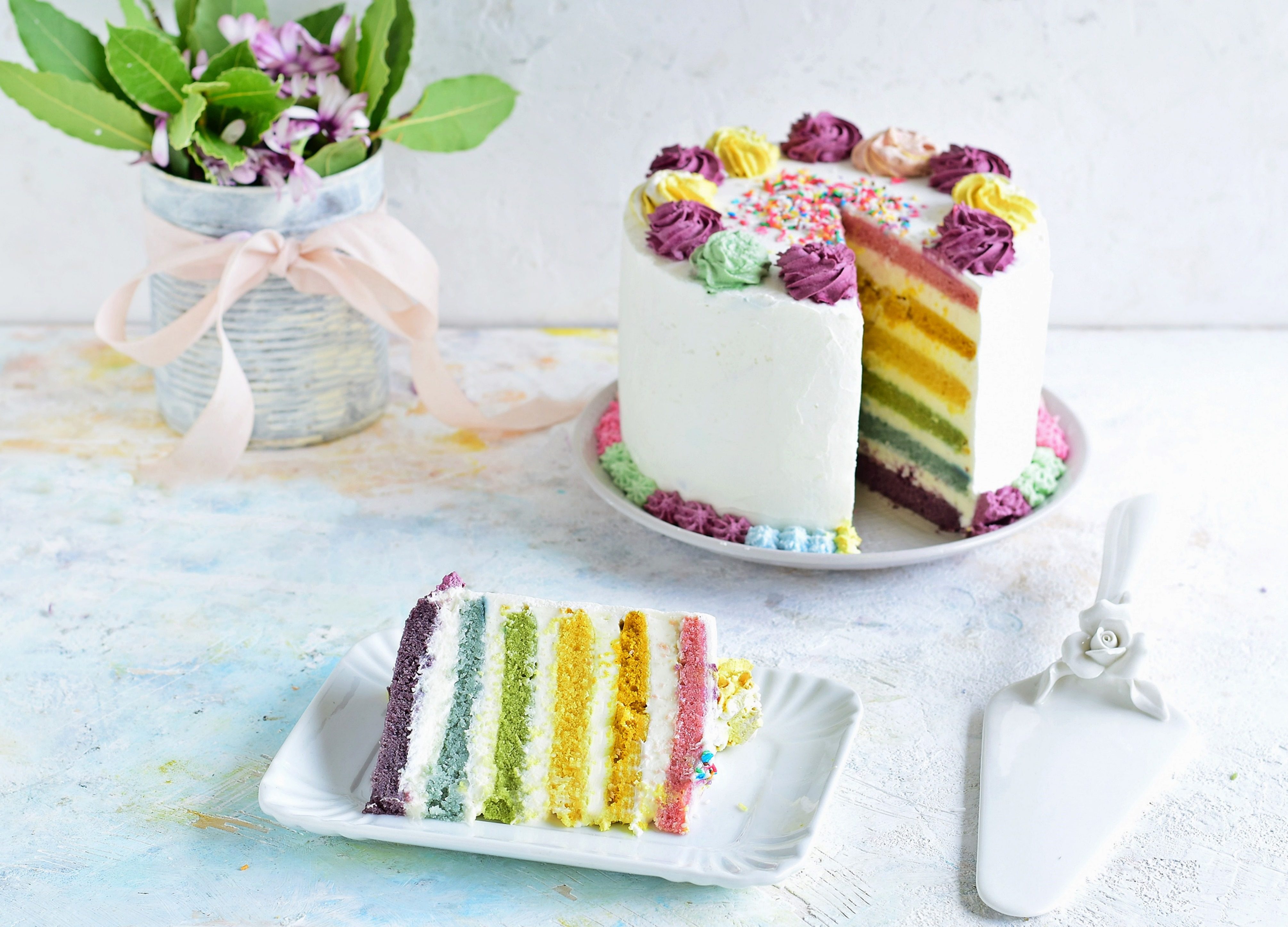;Resize,width=742;)
6-Layers Rainbow Cake is a dessert of American origin that has become very popular on the web, perfect for a special occasion, a celebration or for children's birthdays. Scenic and impressive, it will leave guests speechless when cutting it. It is made up of 6 cake discs of different colors, which recall a rainbow, filled with a white and voluptuous covering made with mascarpone, spreadable cream cheese and powdered sugar. The base, on the other hand, prepared with eggs, sugar, yogurt, butter, flour and vanilla extract, is moist, soft and delicately scented.
Only apparently complex, the rainbow cake is actually easy and within everyone's reach: all you need to do is prepare the basic mixture, divide it into 6 different bowls and add a different food coloring to each. Pour the colored mixtures into the springform pan, one at a time, and proceed to cook in a static oven. To speed up this step, you can use 6 disposable aluminum molds. For the final decoration, we spread the whipped cream on the cake and garnished the surface with roses and sugar sprinkles. If you like, you can add sprinkles, chocolate chips and anything else your imagination suggests.
What is a Rainbow Cake and What Does it Symbolize?
Rainbow cake has a rich and colorful history that reflects themes of joy, diversity, and inclusivity. While its exact origins are unclear, the concept of a multi-layered, brightly colored cake gained popularity in the early 2000s, particularly within LGBTQ+ communities as a symbol of Pride. The vibrant layers represent the rainbow flag, which was designed by Gilbert Baker in 1978 as a symbol of love, unity, and equality. However, the idea of colorful cakes dates back even further—some historians trace it to traditional European layered cakes or festive desserts in various cultures. Over time, rainbow cake has become a favorite for celebrations, from birthdays to weddings, embodying happiness, creativity, and the beauty of diversity.
Pro Tips for The Best Rainbow Cake
- For vibrant, evenly colored layers, use gel or paste food coloring instead of liquid. Gel-based colors are more concentrated, ensuring bold hues without altering the batter's consistency.
- Baking is a science! Use a kitchen scale to measure flour, sugar, and butter precisely. Too much flour can make the cake dense, while too little can cause it to collapse.
- Ensure that eggs, butter, and milk are at room temperature before mixing. This helps the batter blend smoothly, creating a light and fluffy texture.
- To get perfectly even layers: Use a kitchen scale to divide the batter equally between pans; Spread the batter smoothly with an offset spatula to avoid doming; Tap the pans gently on the counter to remove air bubbles.
- If your oven isn’t large enough to bake all layers evenly at once, bake in small batches to prevent uneven cooking and temperature fluctuations.
- Never stack or frost warm cake layers! Let them cool completely on a wire rack to prevent melting the frosting and causing layers to slide.
- Apply a thin crumb coat (a light layer of frosting) before the final decoration. This seals in crumbs and ensures a polished, professional look.
- For the best texture and flavor, let the cake chill for at least an hour before slicing. This helps the layers set, making it easier to cut clean, beautiful slices.
What Does a Rainbow Cake Taste Like?
A rainbow cake typically has a light, fluffy, and buttery flavor with a hint of vanilla. While the colorful layers don’t add different tastes, the cake itself is usually soft and moist, complemented by a sweet and creamy frosting—often buttercream or cream cheese frosting. Depending on the recipe, some versions include subtle citrus or almond notes for extra depth.
What Order do You Layer a Rainbow Cake?
A rainbow cake is typically layered in the same order as the colors of a natural rainbow. The usual sequence from bottom to top is:
- Purple
- Blue
- Green
- Yellow
- Orange
- Red
This follows the ROYGBIV (Red, Orange, Yellow, Green, Blue, Indigo, Violet) color pattern, though some bakers skip indigo and use just six layers for a more vibrant and balanced look. When stacking, make sure each layer is even and apply a thin layer of frosting between them to hold everything together.
Can I Make Less Layers?
Yes, a rainbow cake can be made with fewer layers while still maintaining its colorful appeal. Instead of using six or seven layers, you can create a simplified version with three or four layers by combining colors—for example, mixing red and orange, yellow and green, and blue and purple. Another option is to use a marbled effect, swirling multiple colors in a single layer for a rainbow-like appearance.
Can I Use Natural Food Colorings for The Layers?
Yes, you can, though the colors may be softer and less intense than artificial dyes. Common natural alternatives include
- beet juice or powder for red,
- turmeric for yellow,
- matcha or spinach powder for green,
- blueberry juice for blue,
- purple sweet potato or blackberry juice for purple.
These options create beautiful, pastel-like hues and are great for those looking for a more natural or health-conscious approach. However, they may slightly alter the flavor, so it’s best to use them in small amounts.
Can I Use Something Else For the Cake's Filling?
Of course you can! Some great alternatives include buttercream frosting for a tangy contrast, whipped cream for a lighter texture, or chocolate ganache for a rich and indulgent flavor. Fruit preserves, lemon curd, or a combination of flavored fillings can also add an extra layer of taste and balance the cake’s sweetness.
Why Did the Layers Lose Color During Baking?
The layers of a rainbow cake may lose color during baking due to several factors. One common reason is overbaking, which can cause the colors to fade or brown, especially around the edges. Using too much baking powder or soda can also affect the pH balance, altering the vibrancy of certain colors. Additionally, natural food colorings tend to be more sensitive to heat and may not hold their intensity as well as artificial dyes. To prevent fading, use gel food coloring, avoid overmixing the batter, and bake at the correct temperature to preserve the bright, bold hues.
Can Rainbow Cake Be Made Ahead of Time?
Yes, rainbow cake can be made ahead of time. The cake layers can be baked 1–2 days in advance and stored at room temperature, wrapped tightly in plastic wrap to prevent drying out.
Does Rainbow Cake Freeze Well?
Yes, rainbow cake freezes well, both as individual layers and as a fully assembled cake. To freeze the layers, let them cool completely, then wrap each one tightly in plastic wrap and place them in an airtight container or freezer bag. They can be frozen for up to a month.
If freezing a fully frosted cake, chill it first to set the frosting, then wrap it securely in plastic wrap and foil. When ready to serve, thaw the cake in the refrigerator overnight and bring it to room temperature before slicing for the best texture and flavor.
How to Store Rainbow Cake
To store leftovers, keep them in an airtight container at room temperature for up to two days or in the refrigerator for up to five days. If refrigerating, let the cake come to room temperature before serving for the best texture.
Ingredients
How to Make 6-Layer Rainbow Cake From Scratch
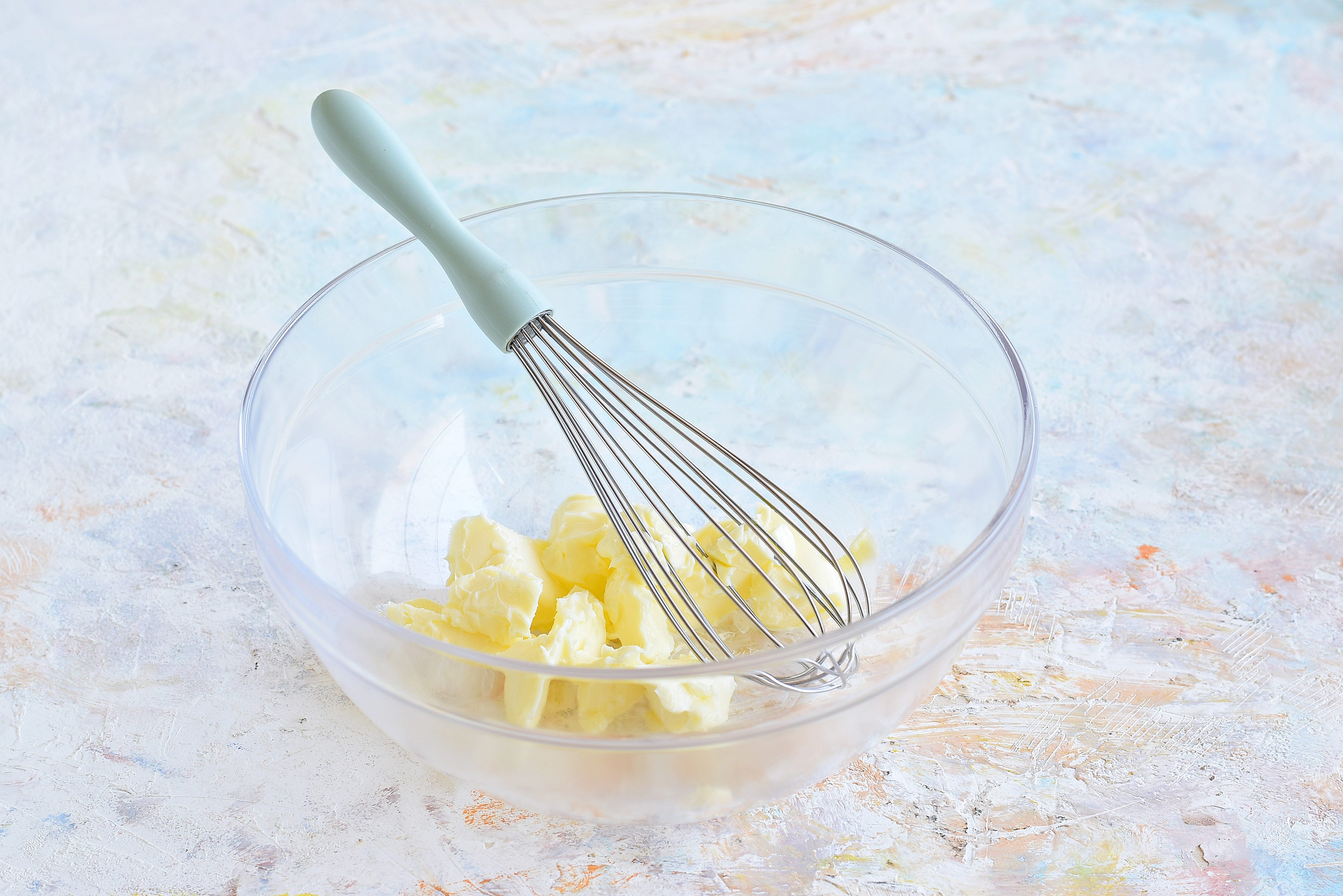;Resize,width=712;)
In a bowl, soften the butter.
In a bowl, soften the butter.
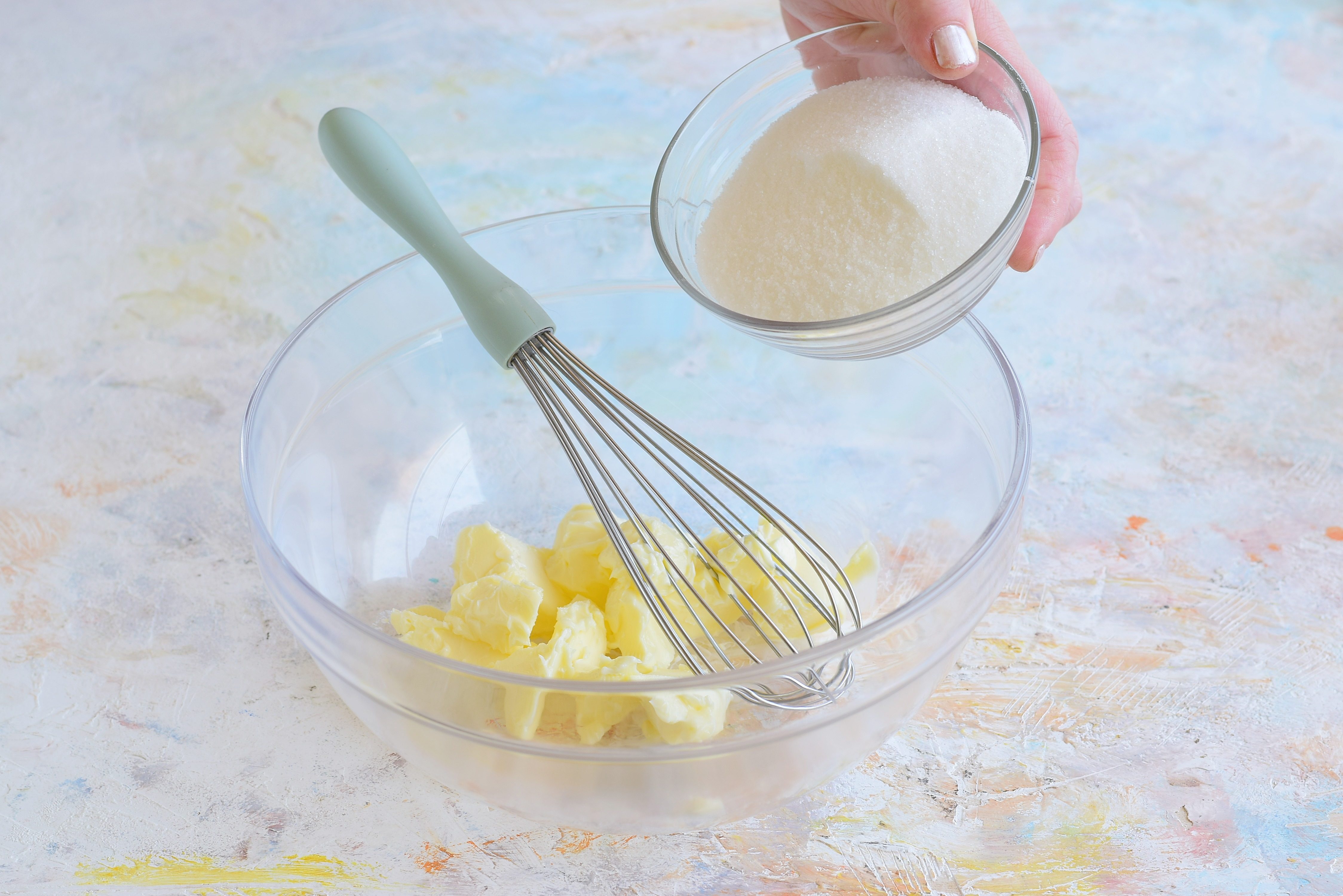;Resize,width=712;)
Add the sugar.
Add the sugar.
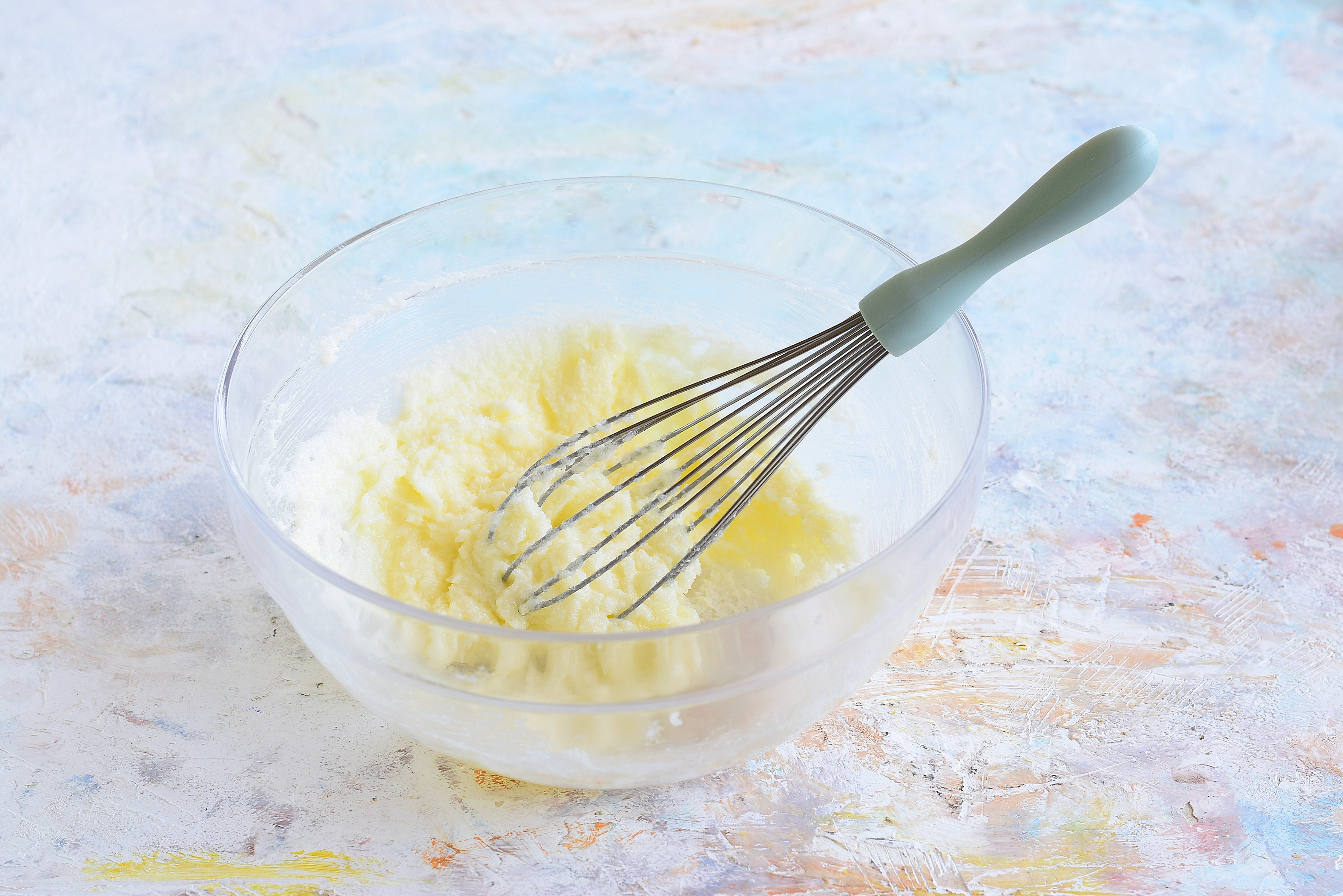;Resize,width=712;)
Work the butter with the sugar until you obtain a creamy mixture.
Work the butter with the sugar until you obtain a creamy mixture.
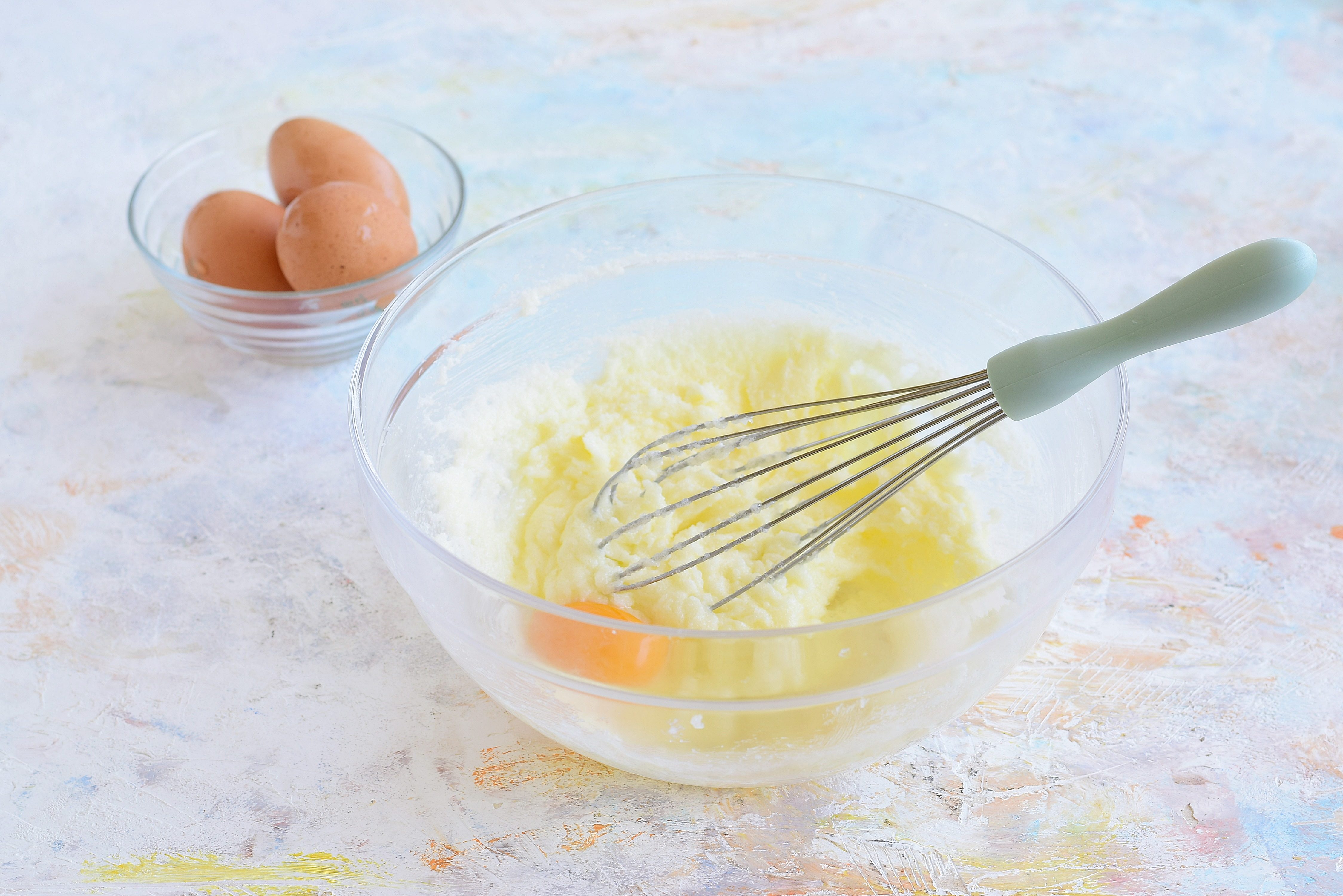;Resize,width=712;)
Then add 1 egg at a time, mixing it into the mixture each time.
Then add 1 egg at a time, mixing it into the mixture each time.
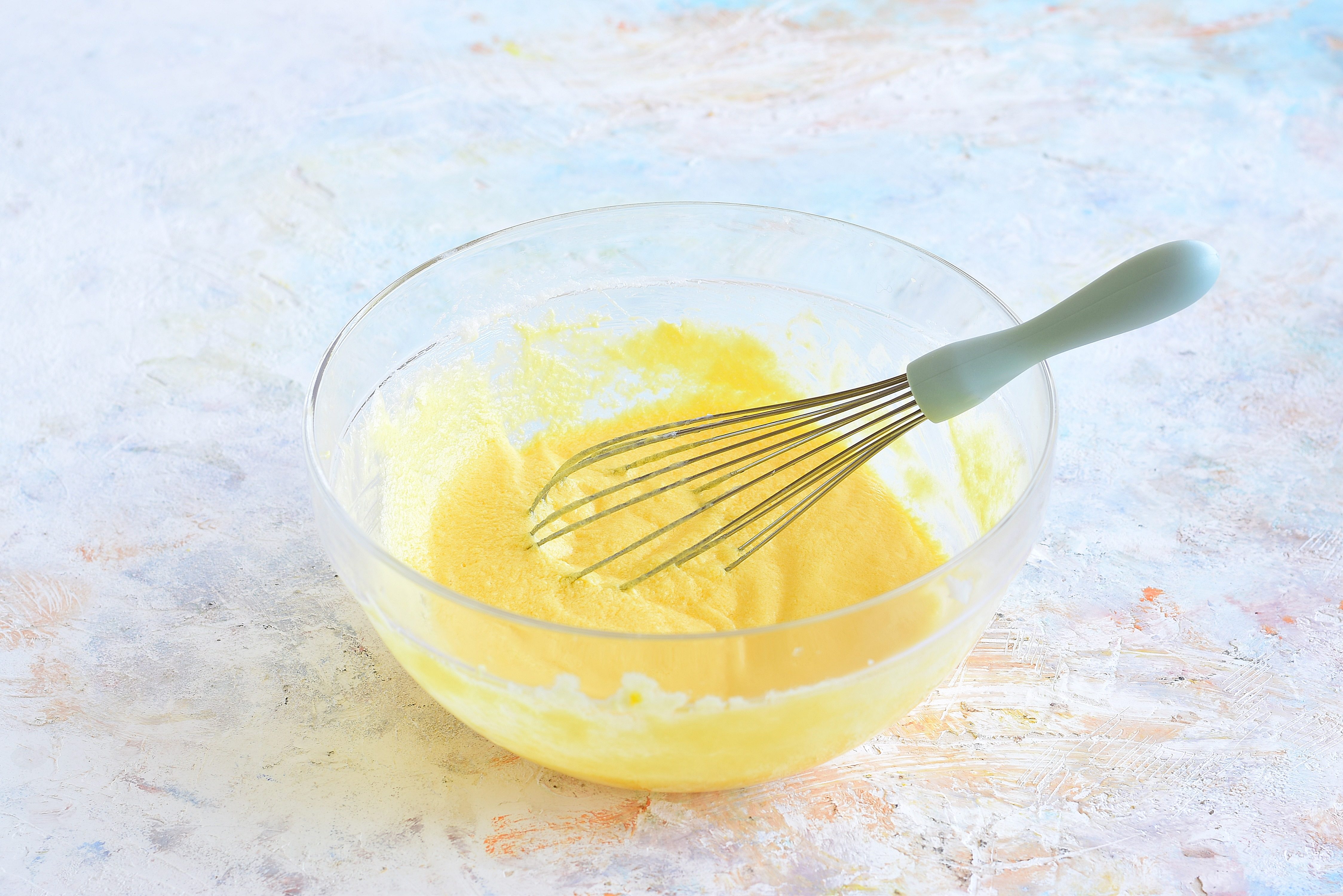;Resize,width=712;)
At the end you should obtain a nice smooth and homogeneous cream.
At the end you should obtain a nice smooth and homogeneous cream.
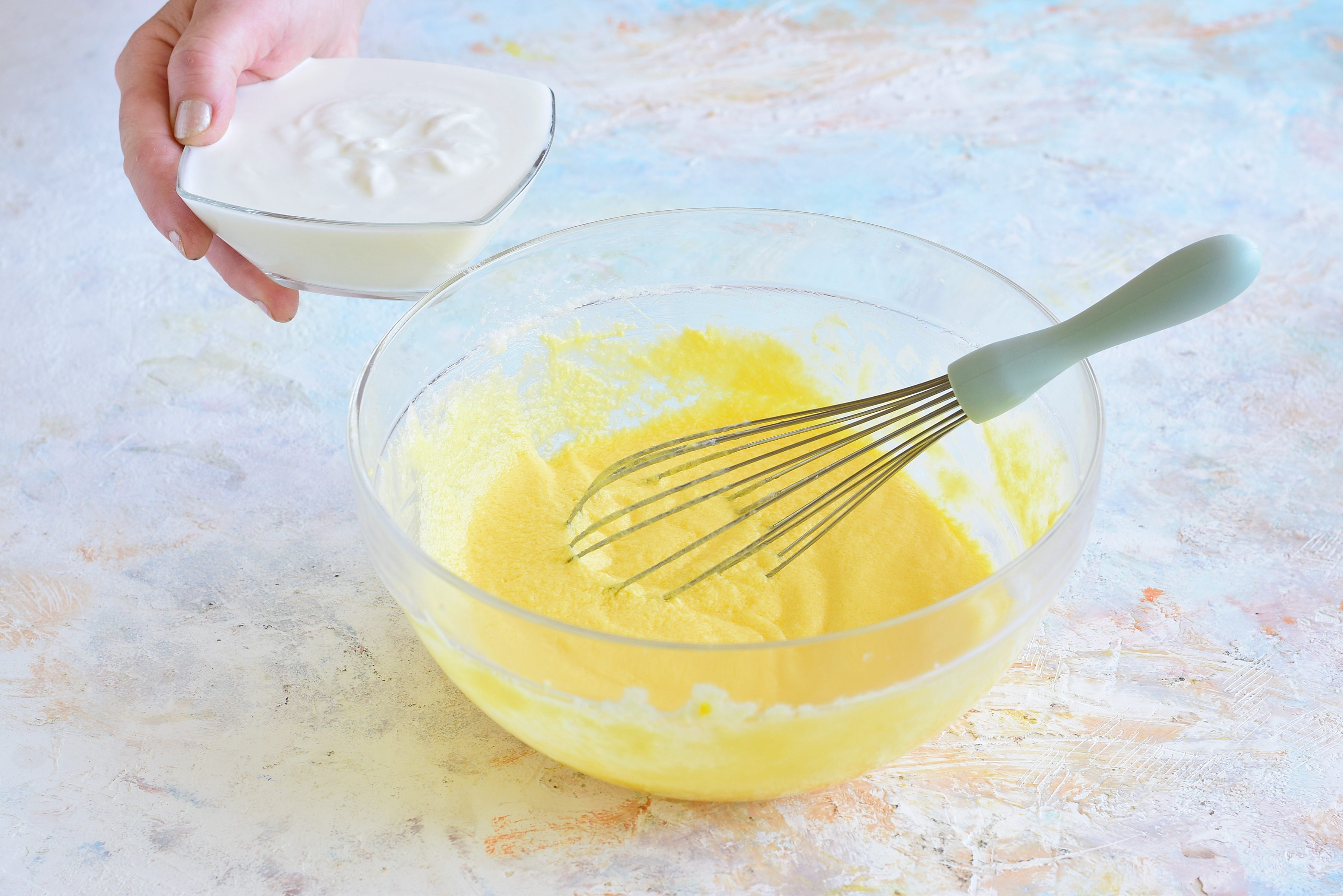;Resize,width=712;)
Now pour the yogurt.
Now pour the yogurt.
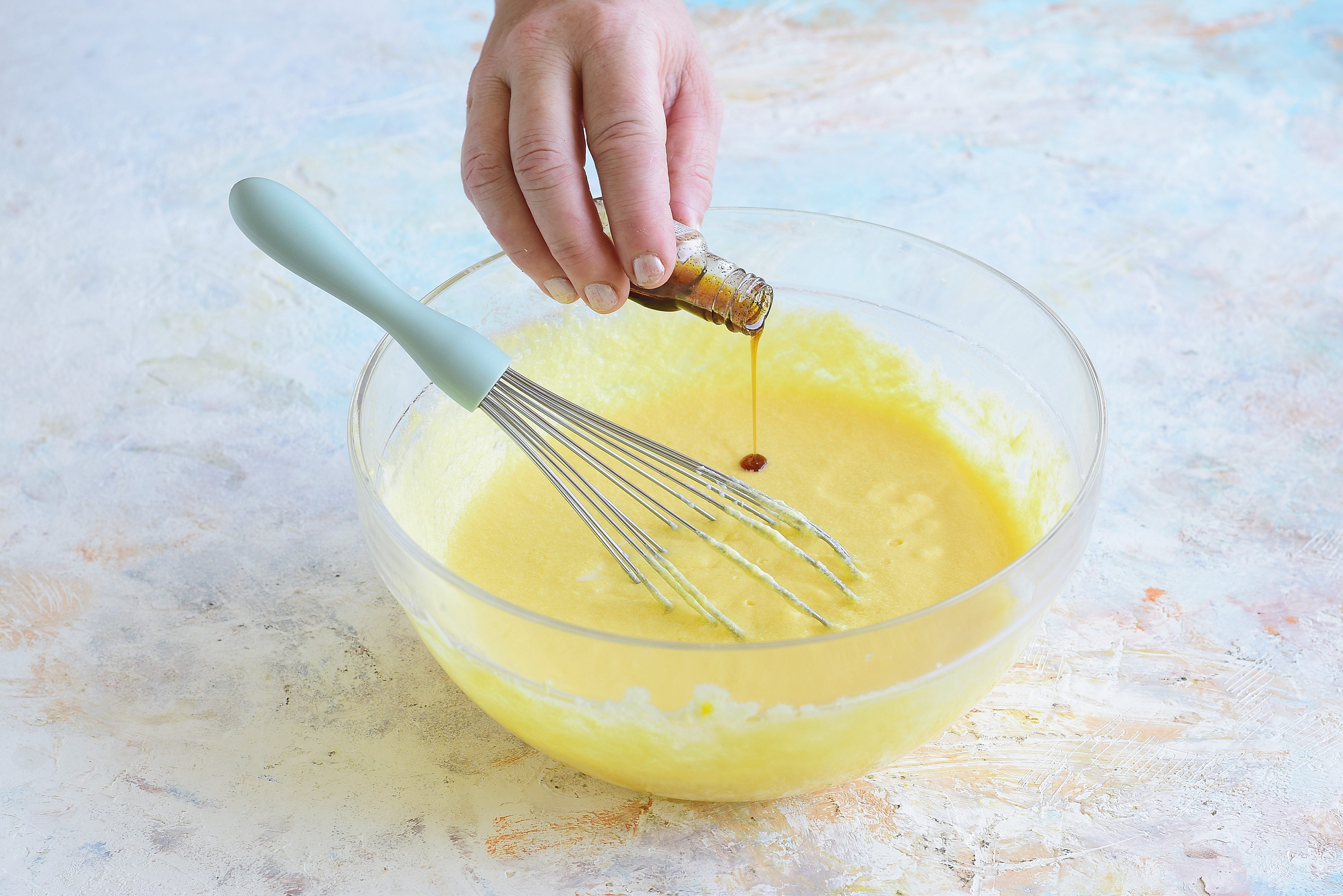;Resize,width=712;)
Flavor with vanilla extract, about 1 tsp.
Flavor with vanilla extract, about 1 tsp.
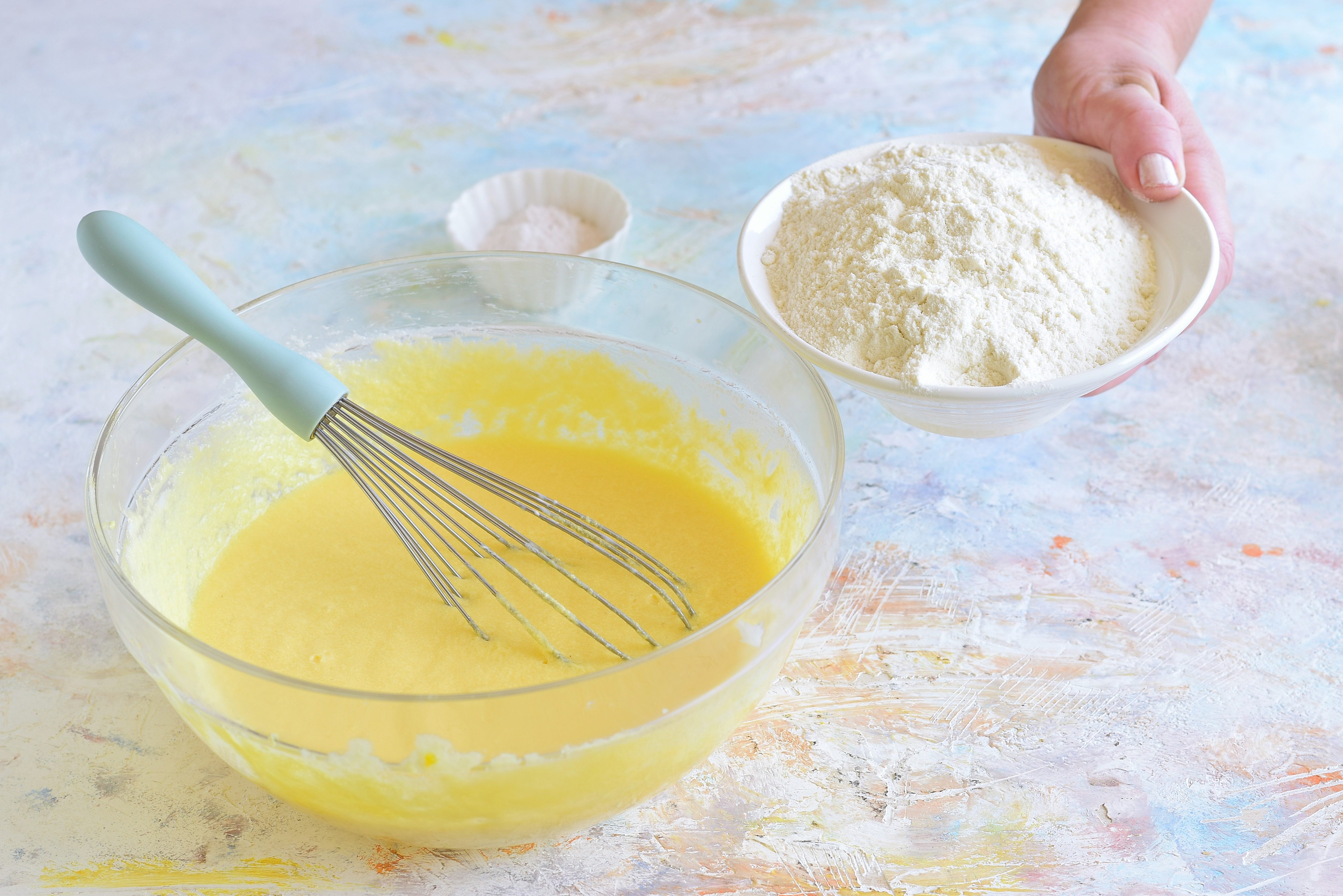;Resize,width=712;)
Add the flour.
Add the flour.
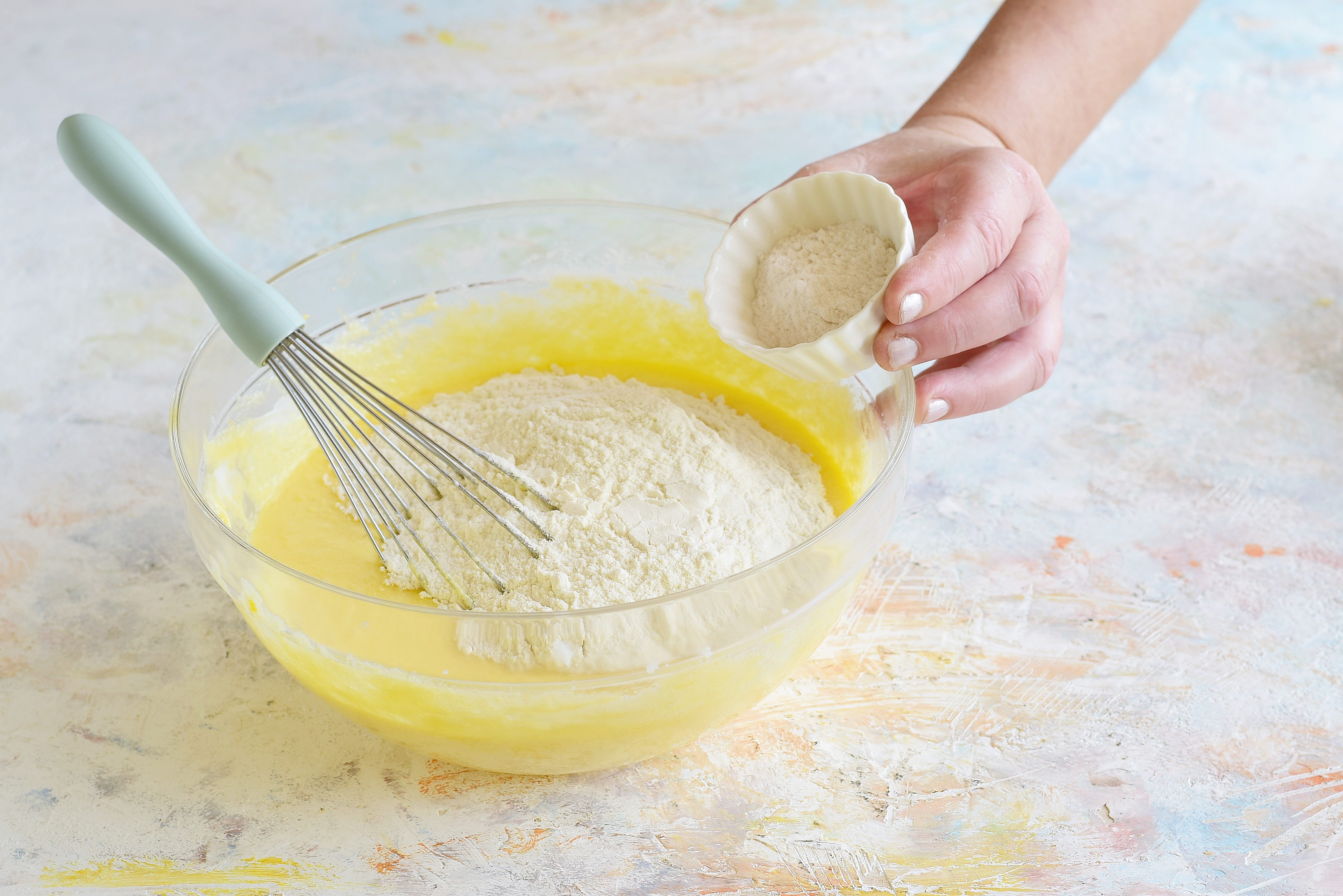;Resize,width=712;)
Finish with the baking powder.
Finish with the baking powder.
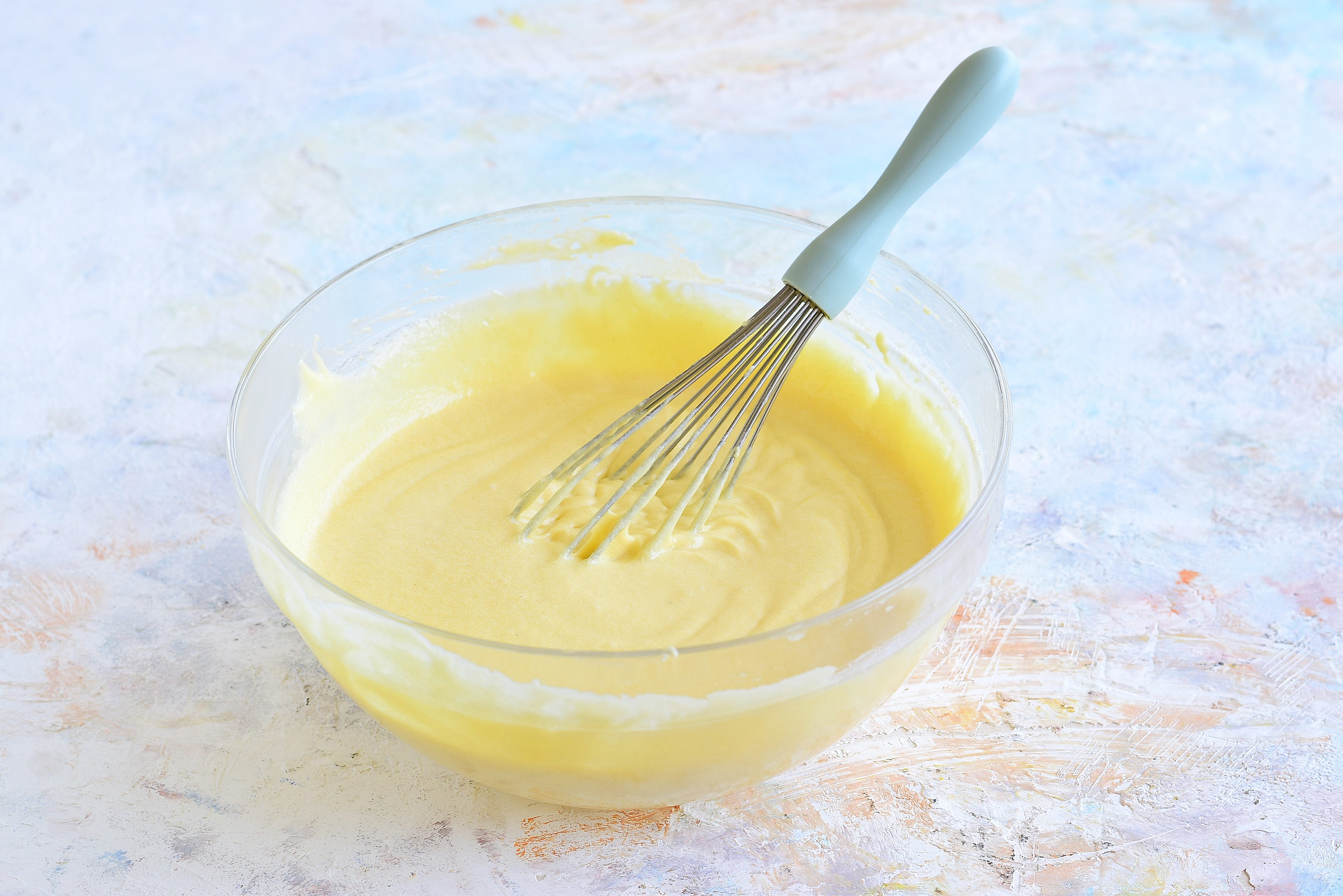;Resize,width=712;)
Work the dough well so that it is well blended and there are no lumps.
Work the dough well so that it is well blended and there are no lumps.
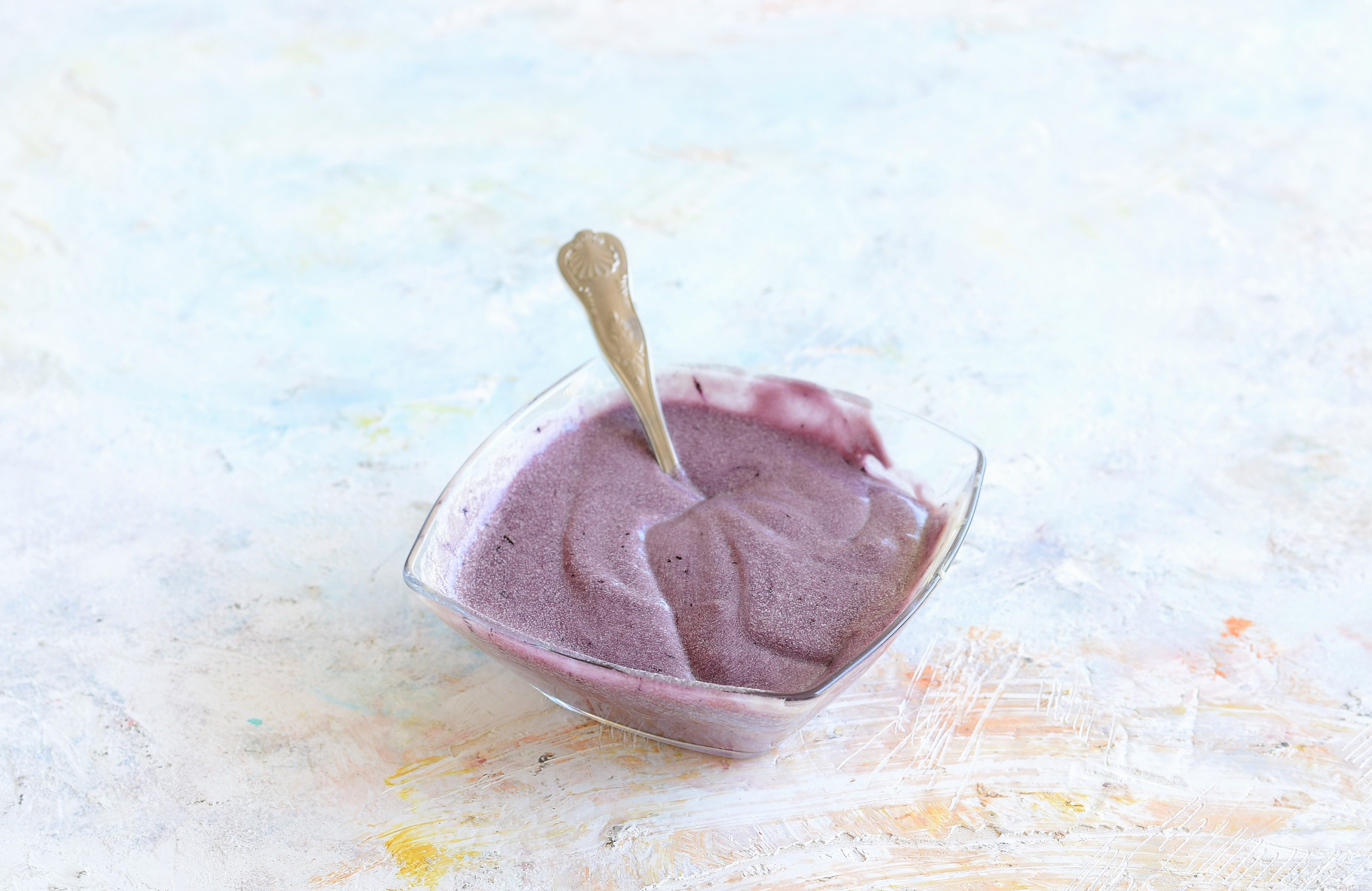;Resize,width=712;)
Divide the mixture into 6 parts: each should be about 170grams; add a spoonful of powdered food coloring to each and then mix.
Divide the mixture into 6 parts: each should be about 170grams; add a spoonful of powdered food coloring to each and then mix.
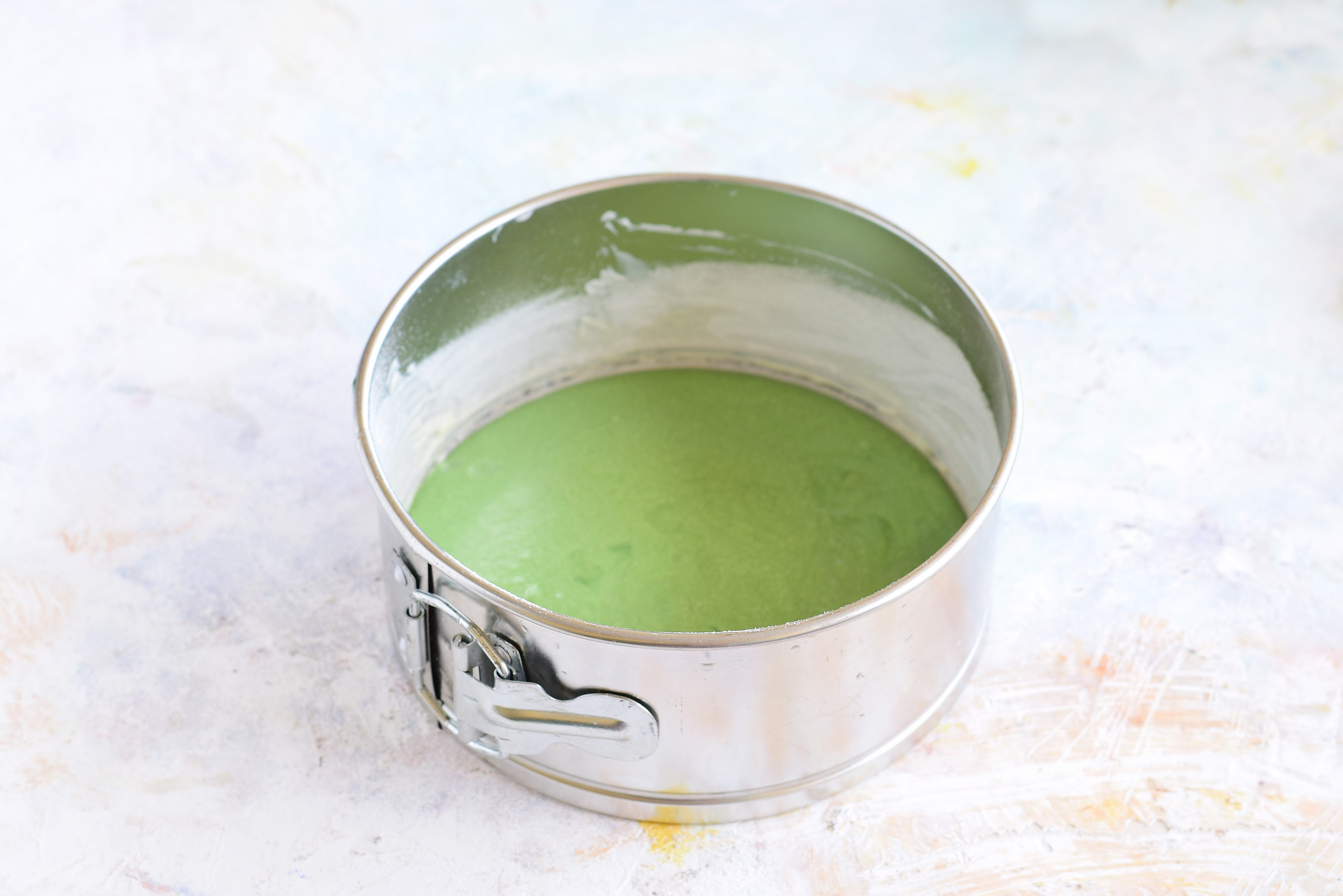;Resize,width=712;)
Butter and flour a 6 inches diameter mold, pour one colored dough at a time and bake at 340°F/170°C in a static oven, for about 18 minutes each. Remove from the oven and let each disk cool completely on parchment paper.
Butter and flour a 6 inches diameter mold, pour one colored dough at a time and bake at 340°F/170°C in a static oven, for about 18 minutes each. Remove from the oven and let each disk cool completely on parchment paper.
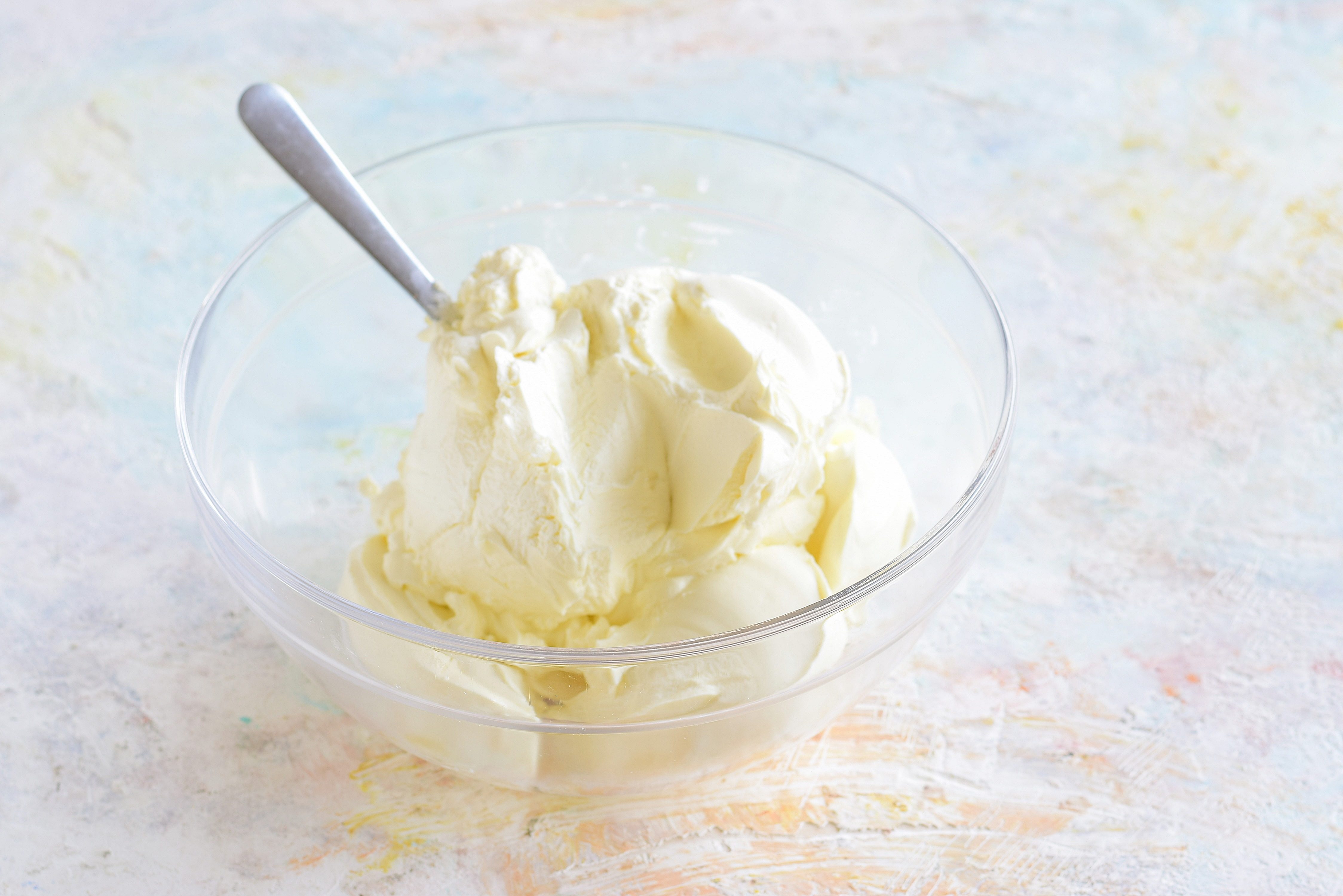;Resize,width=712;)
In the meantime, start preparing the filling by mixing the mascarpone cheese with the cream cheese and the powdered sugar.
In the meantime, start preparing the filling by mixing the mascarpone cheese with the cream cheese and the powdered sugar.
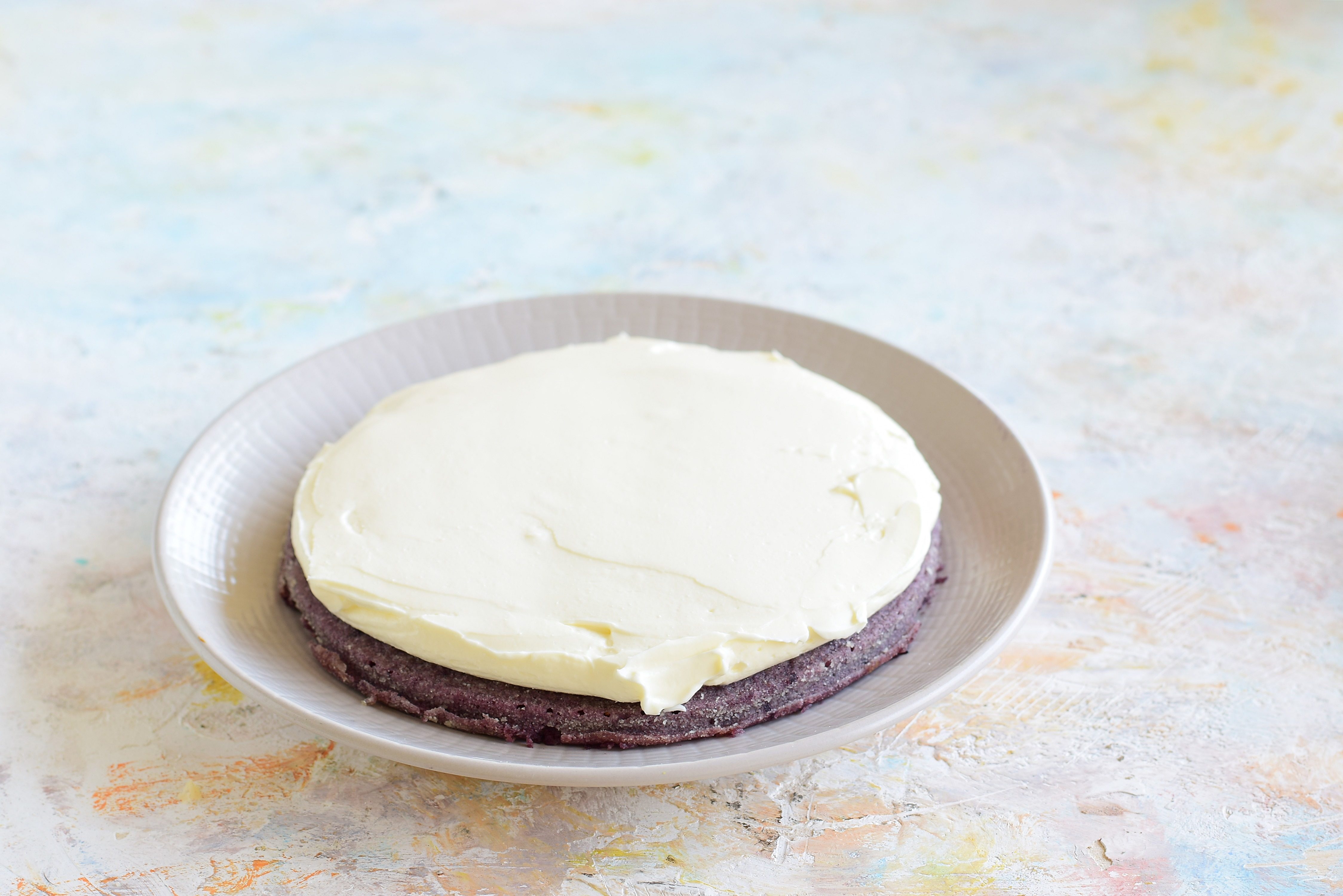;Resize,width=712;)
Once all the discs are baked and cooled, place the purple one on a serving plate and make a first layer of filling.
Once all the discs are baked and cooled, place the purple one on a serving plate and make a first layer of filling.
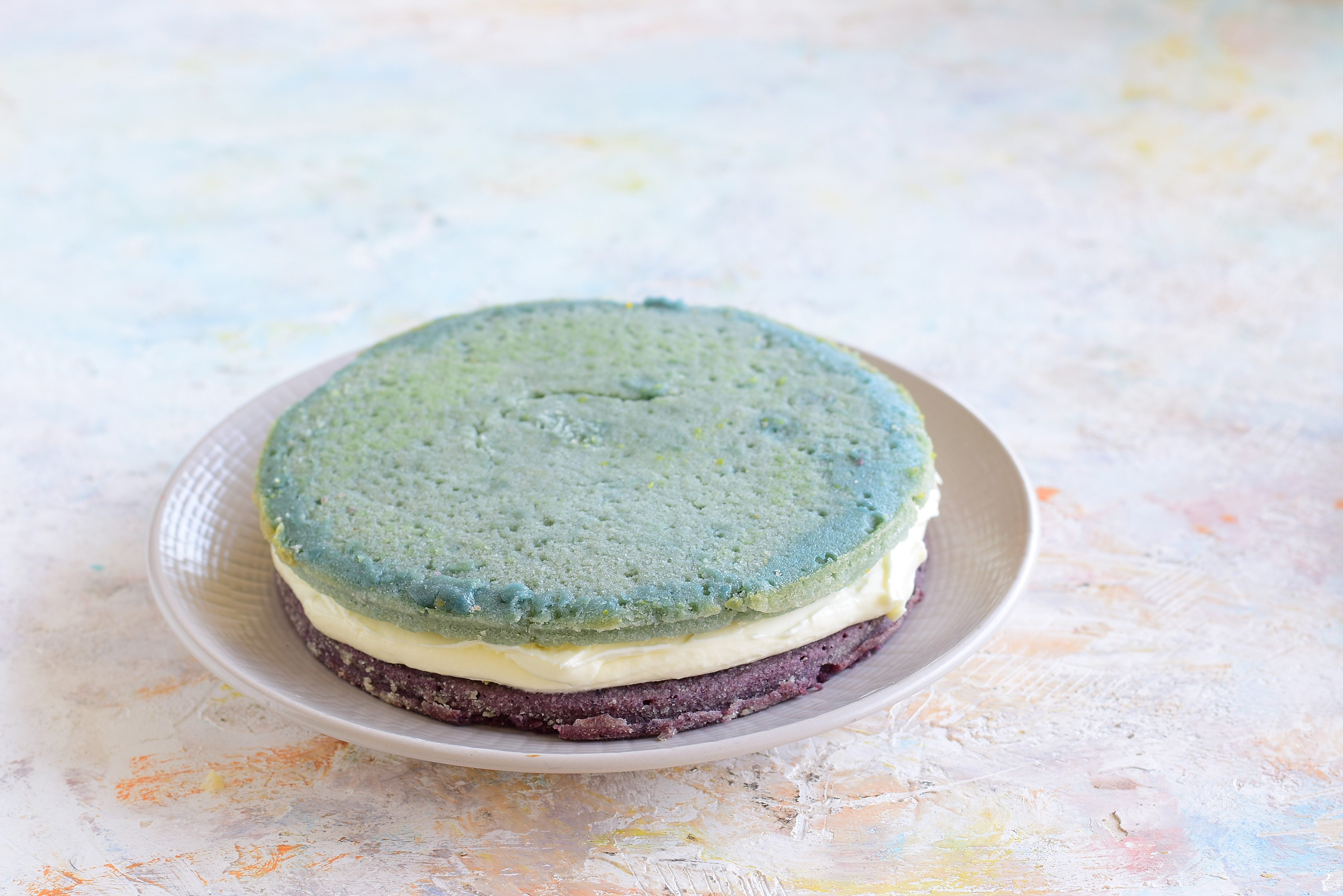;Resize,width=712;)
Continue with the blue disc, and cover with a second layer of cream.
Continue with the blue disc, and cover with a second layer of cream.
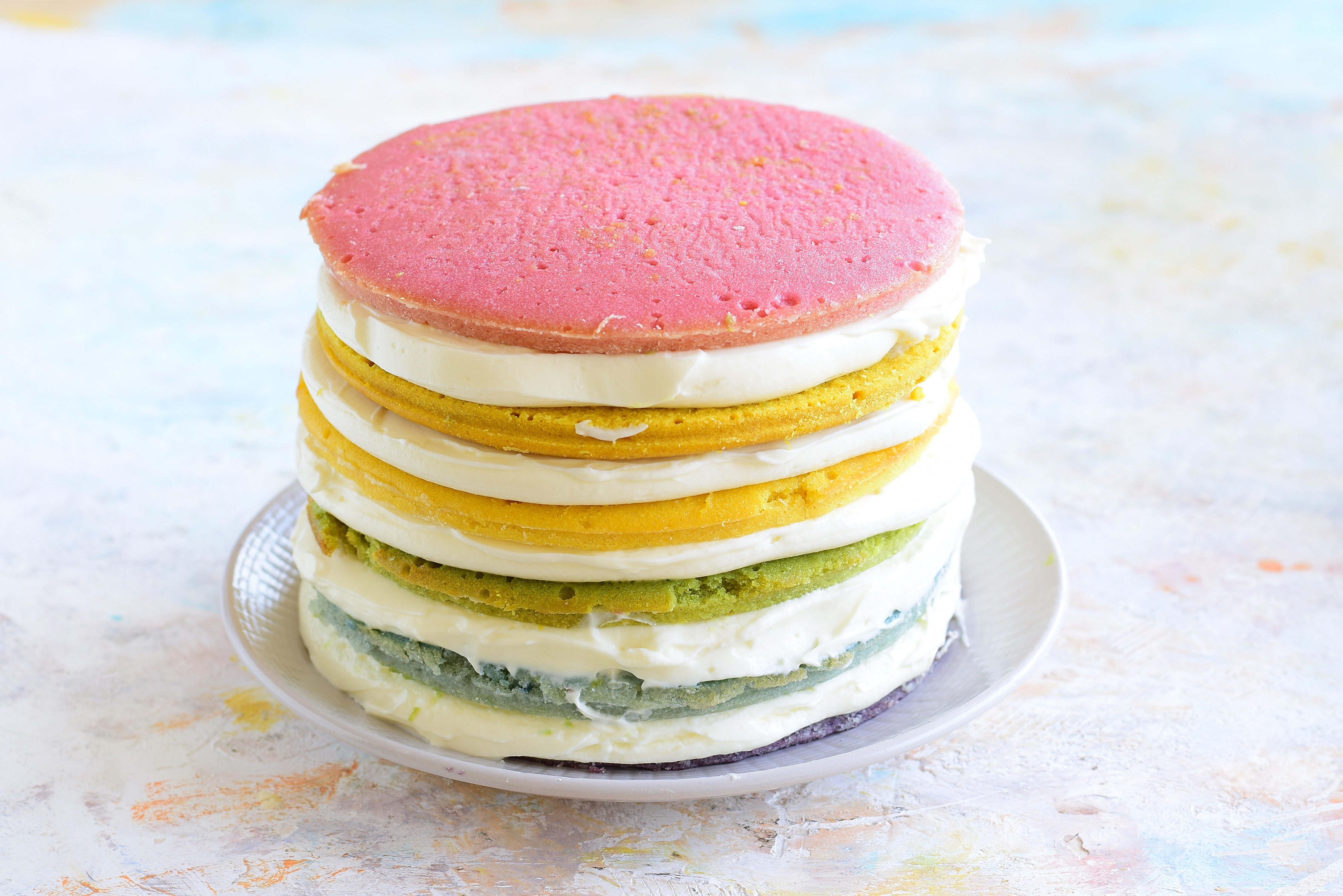;Resize,width=712;)
Proceed with the rest of the layers, as described above, alternating them with the cream cheese frosting.
Proceed with the rest of the layers, as described above, alternating them with the cream cheese frosting.
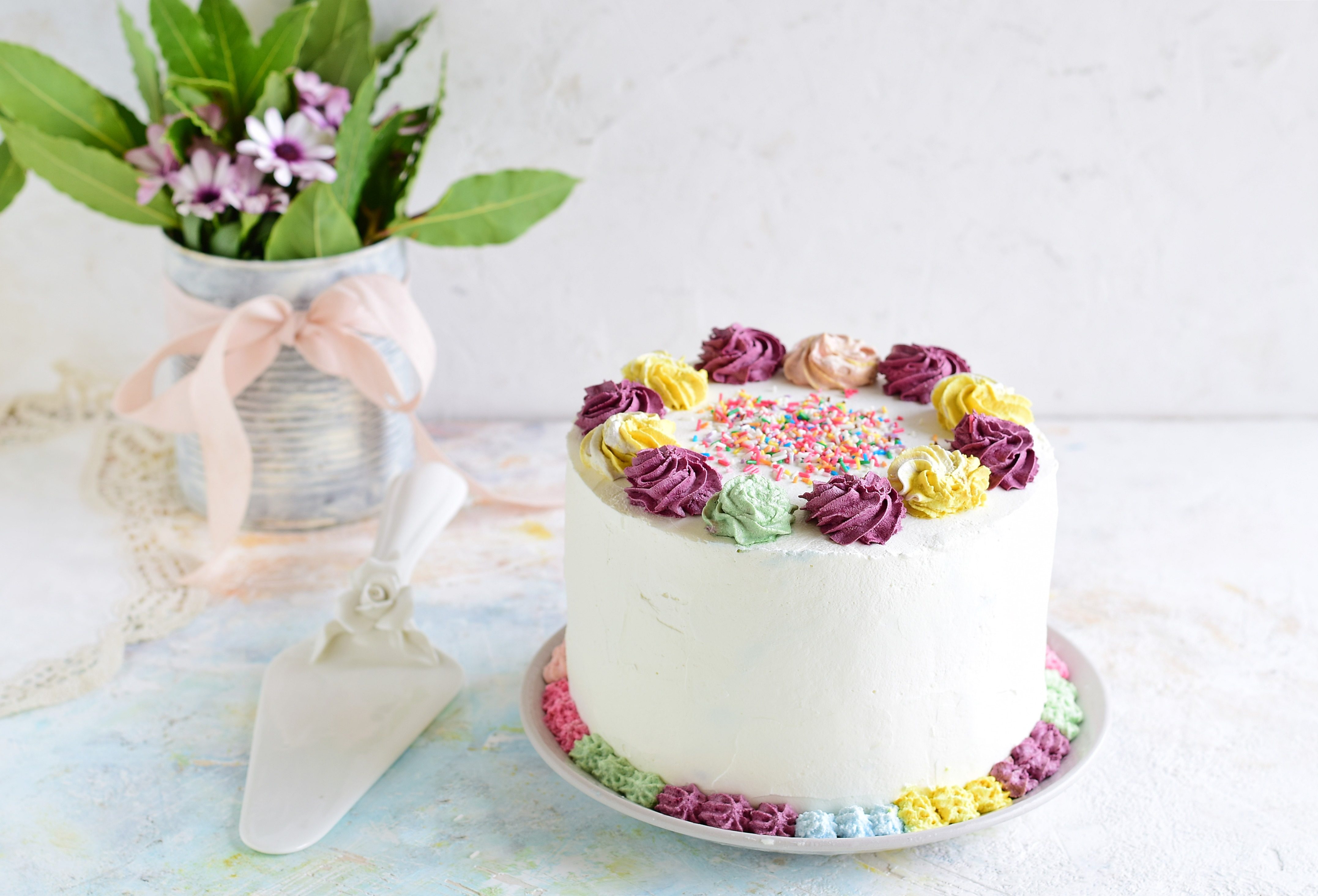;Resize,width=712;)
Finally whip the cream and cover the cake completely with it. Decorate as desired with colored roses and sugar sprinkles.
Finally whip the cream and cover the cake completely with it. Decorate as desired with colored roses and sugar sprinkles.
;Resize,width=712;)
Enjoy!
Enjoy!
;Resize,width=767;)
;Resize,width=712;)


